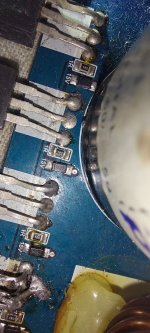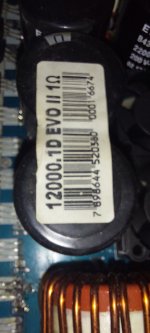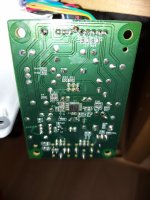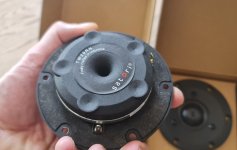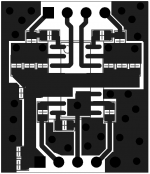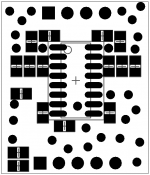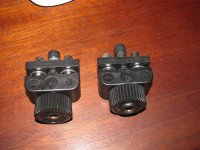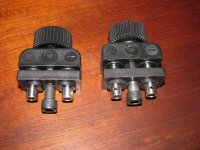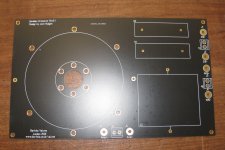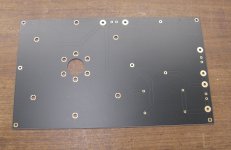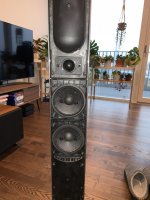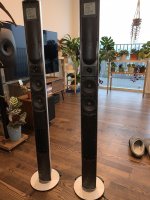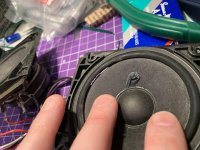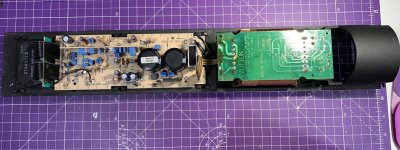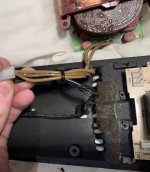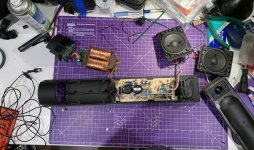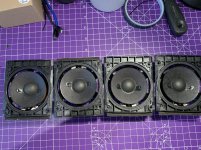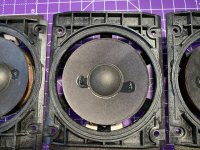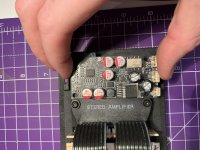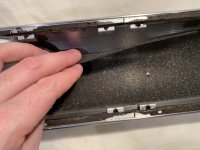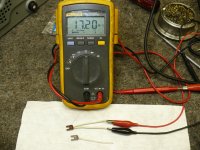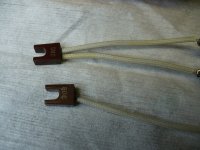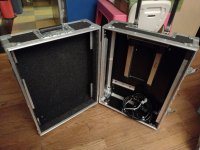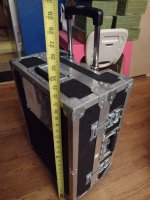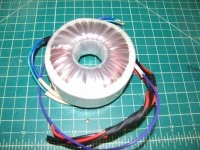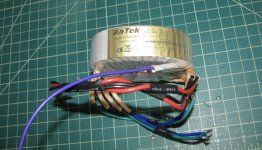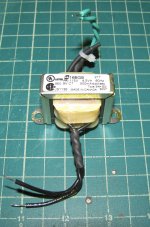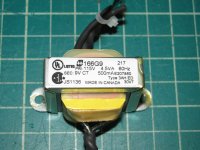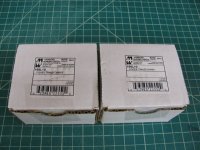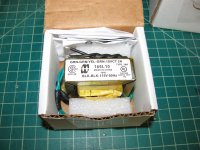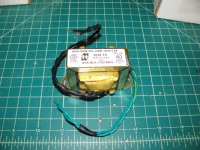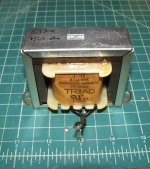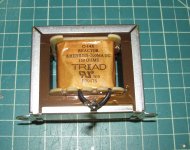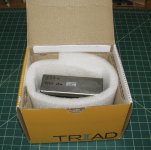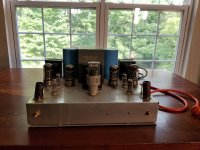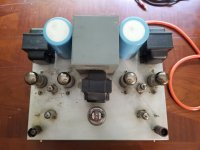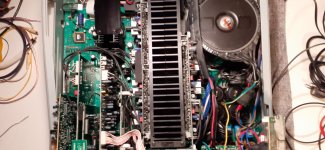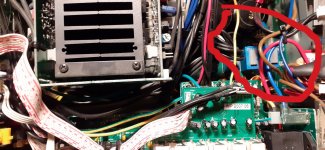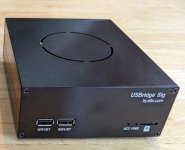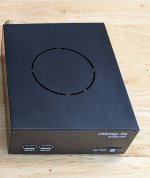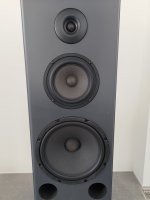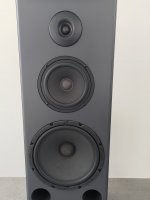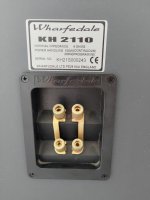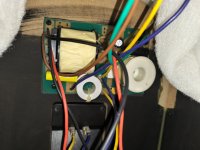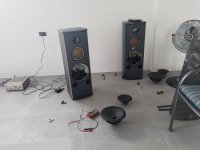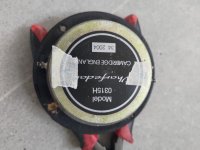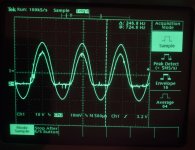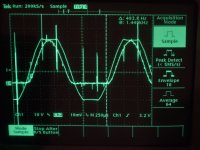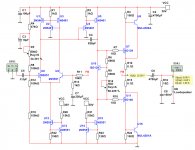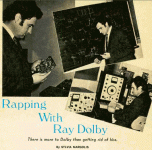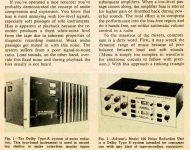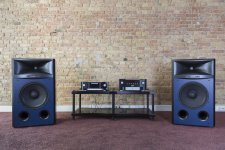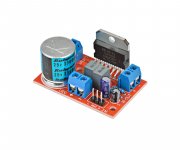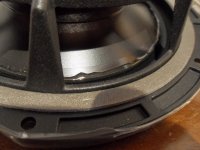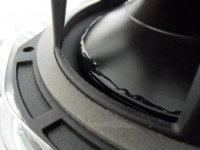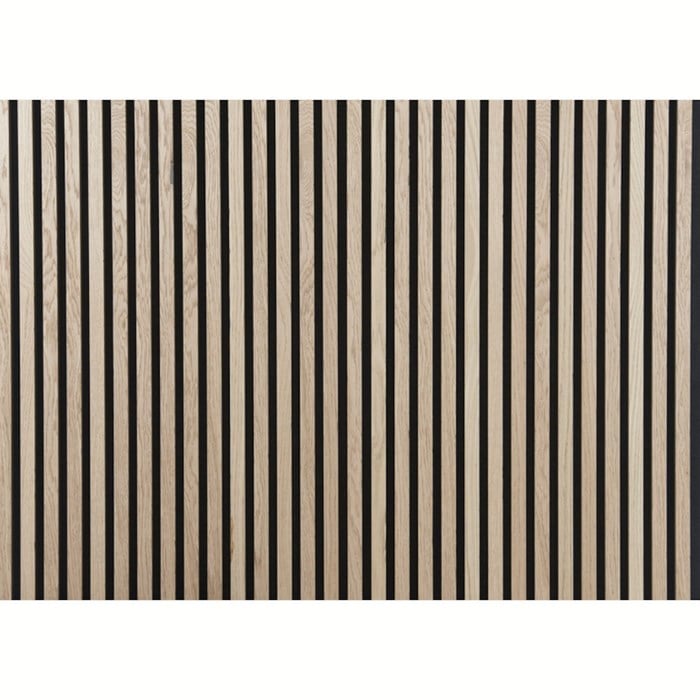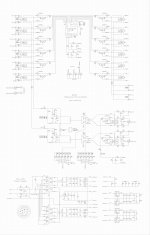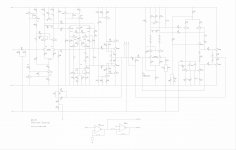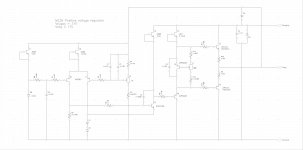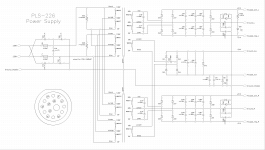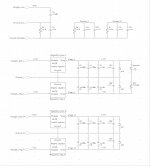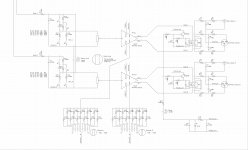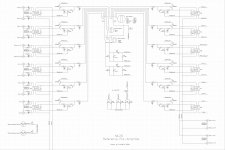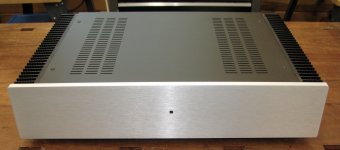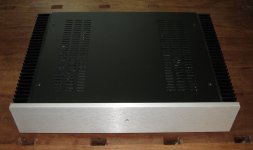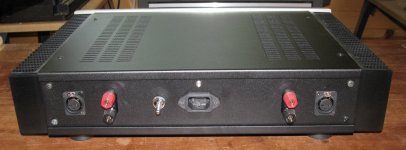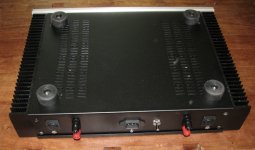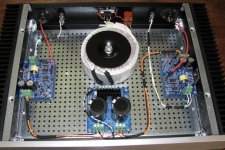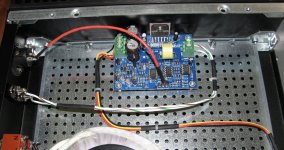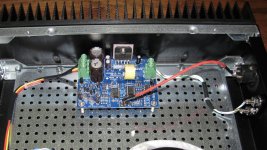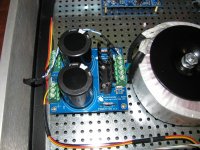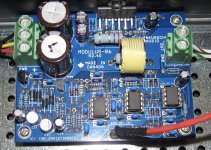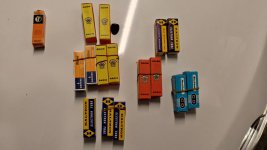mechanical resonance in MMs
- By billshurv
- Analogue Source
- 1735 Replies
Slightly off the wall one here but been reading a very interesting article from the mists of linear audio volume 3 by Steven van Raalte and comparing with the Bob Cordell vinyltrak article. In it he discussed an inverse resonance filter for dealing with the resonances that MM manufacturers build in to prop up the high end response, the end result usually being a bump in the response somewhere between 12 and 15 KHz then a 4th order roll off. Whilst this is
not a horrendous problem for us oldies who can't hear up there anyway it is predicted that this causes some unwanted time domain issues that the inverse filter addresses.
Now what would be nice is for there to not be any resonances at all in the audio band. Low inductance cartridges don't need the help so don't have the resonance. Therefore there is something about the design of the cantilever and/or the suspension that causes this. Once we know what it is then we stand a fighting chance of working out how to remove it. If it can be addressed then, with some changes to cartridge loading as discussed by both Cordell and van Raalte we can get a nice 1st order roll off to well above 20KHz and put the MM back on a level footing with MC models. Looking at this more deeply it appears this issue is one of those that was well known about in 1975 and many have forgotten.
So first step is to get a grip on the potential problem. Now I have 3 cartridge types I am interested in (as in own)
1. AT 150MLx 2K 450mH, 100-200pF recommended load
2. Ortofon super OM 1K 580mH 200-500pF recommended load
3. A&R x77 series (aka Garrott, aka Sumiko Pearl, AKA shelter 201 etc). 580 580mH
The last one is more of a 'project' as I have 4 cartridge bodies to perform evil experiments on and there are a wide range of replacement stylus types that will fit including the sapphire Jico SAS.
Now immediately I have run into some problems as both the Cordell and van Raalte cartridge models are over simplistic. Digging into this further shows the model is more complex and difficult to measure (Elliot). So we need to get empirical. More research shows that the best way to do this is to find a test record with square waves on and measure the response. Bother I don't have one of those, so £40 will have to go Ortofon's way as willing to bet CBS STR-112 costs $$$ these days. Once I have Jan's permission will pop in a diagram from the van Raalte article to show how the inverse filter cleans up the ringing on square waves. If I am right (unlikely but we all get lucky sometime) then you can record the output of the preamp and use audacity to mess around to find centre frequency and Q for the filter. When that is known we can see how much of a resonance is designed in.
Note: I am expecting to find that the ortofon and AT are not using too much in the way of mechanical cheating, but suspect the A&R does. Certainly both ortofon and AT have -3dB points at 30kHz which suggests the main cantilever resonance is way out the audio band.
Links. There are a couple of JAES papers that would help in this, but at $33 each I'll bumble around being empirical a bit longer.
https://linearaudio.net/sites/linearaudio.net/files/lte_vol3_1.pdf
Magnetic Phono Pickup Cartridges
http://www.kallhovde.com/advent/phono-pre-research.pdf
not a horrendous problem for us oldies who can't hear up there anyway it is predicted that this causes some unwanted time domain issues that the inverse filter addresses.
Now what would be nice is for there to not be any resonances at all in the audio band. Low inductance cartridges don't need the help so don't have the resonance. Therefore there is something about the design of the cantilever and/or the suspension that causes this. Once we know what it is then we stand a fighting chance of working out how to remove it. If it can be addressed then, with some changes to cartridge loading as discussed by both Cordell and van Raalte we can get a nice 1st order roll off to well above 20KHz and put the MM back on a level footing with MC models. Looking at this more deeply it appears this issue is one of those that was well known about in 1975 and many have forgotten.
So first step is to get a grip on the potential problem. Now I have 3 cartridge types I am interested in (as in own)
1. AT 150MLx 2K 450mH, 100-200pF recommended load
2. Ortofon super OM 1K 580mH 200-500pF recommended load
3. A&R x77 series (aka Garrott, aka Sumiko Pearl, AKA shelter 201 etc). 580 580mH
The last one is more of a 'project' as I have 4 cartridge bodies to perform evil experiments on and there are a wide range of replacement stylus types that will fit including the sapphire Jico SAS.
Now immediately I have run into some problems as both the Cordell and van Raalte cartridge models are over simplistic. Digging into this further shows the model is more complex and difficult to measure (Elliot). So we need to get empirical. More research shows that the best way to do this is to find a test record with square waves on and measure the response. Bother I don't have one of those, so £40 will have to go Ortofon's way as willing to bet CBS STR-112 costs $$$ these days. Once I have Jan's permission will pop in a diagram from the van Raalte article to show how the inverse filter cleans up the ringing on square waves. If I am right (unlikely but we all get lucky sometime) then you can record the output of the preamp and use audacity to mess around to find centre frequency and Q for the filter. When that is known we can see how much of a resonance is designed in.
Note: I am expecting to find that the ortofon and AT are not using too much in the way of mechanical cheating, but suspect the A&R does. Certainly both ortofon and AT have -3dB points at 30kHz which suggests the main cantilever resonance is way out the audio band.
Links. There are a couple of JAES papers that would help in this, but at $33 each I'll bumble around being empirical a bit longer.
https://linearaudio.net/sites/linearaudio.net/files/lte_vol3_1.pdf
Magnetic Phono Pickup Cartridges
http://www.kallhovde.com/advent/phono-pre-research.pdf
